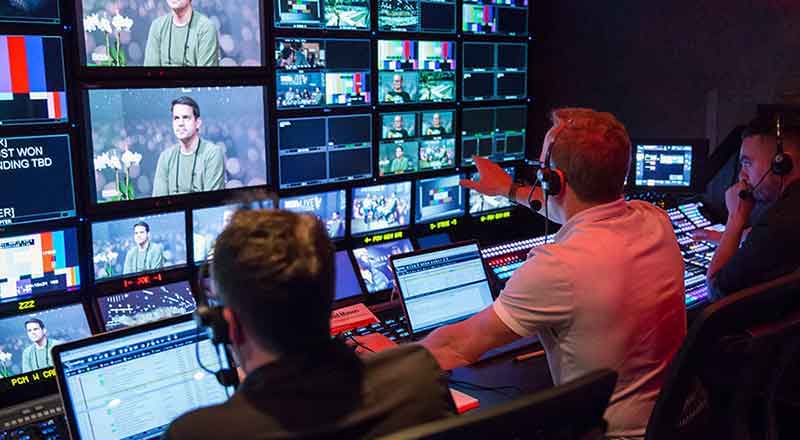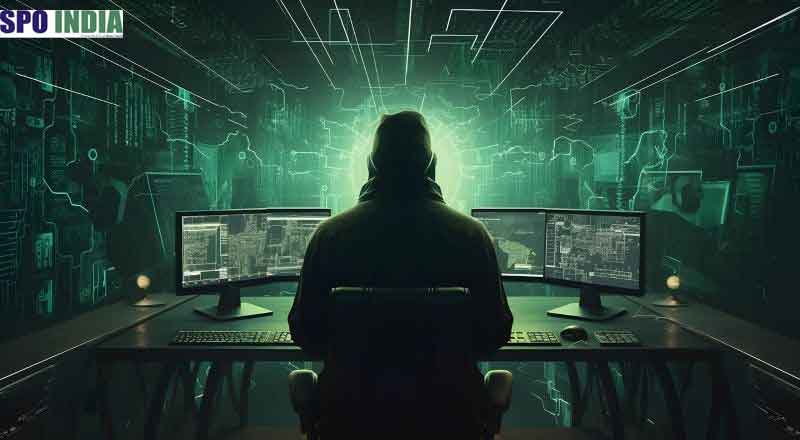- The proposed Broadcasting Services (Regulation) Bill, 2023, seeks to directly regulate streaming platforms such as Netflix, Amazon Prime Video, Disney+Hotstar
- Although YouTube will not comply with the act as it is a social media intermediary, the paid version of YouTube, YouTube Premium, will qualify as an OTT broadcasting service.
- Independent journalists with YouTube channels and Instagram accounts, where they post news for professional reasons, will have the same obligations as an OTT broadcaster.
- The meaning of an OTT broadcasting service excludes social media intermediaries and their users, experts say clause 20 includes them if they broadcast news and current affairs programmes using these platforms.
- However, the bill does not cover a person occasionally posting public interest content or streaming a riot live.
The new broadcast bill in India could cover certain accounts and users on social media platforms that put news and current affairs content online on YouTube, WhatsApp, or Telegram channels. The proposed Broadcasting Services (Regulation) Bill 2023 regulates streaming platforms like Netflix, Amazon Prime Video, Disney+Hotstar, and other broadcasting services or OTT platforms. However, the new bill will treat anybody broadcasting news and current affairs as OTT broadcasters who will be liable to attract the same obligations, Hindustan Times reported.
Streaming platforms and online news organizations, which fell under the category of publishers, will now come under the category of broadcasters. Clause 20 of the new bill says, “Any person who broadcasts news and current affairs programs through an online paper, news portal, website, social media intermediary, or other similar medium but excluding publishers of newspapers and replica e-papers of such newspapers, as part of a systematic business, professional, or commercial activity shall adhere to the Programme Code and Advertisement code referred to in Section 19.”
Although the meaning of an OTT broadcasting service excludes social media intermediaries and their users, experts say clause 20 includes them if they broadcast news and current affairs programmes using these platforms. It implies that independent journalists with YouTube channels and Instagram accounts, where they post news for professional reasons, will have the same obligations as an OTT broadcaster.
Furthermore, citizen journalists will also attract the same obligations if they post news content as “a systematic business, professional or commercial activity.” However, the bill does not cover a person occasionally posting public interest content or streaming a riot live. But there’s less clarity about whether the Twitter account of a journalist featuring tweets about the news could attract the obligations of an OTT broadcaster.
While financial influencers could attract the obligations of an OTT broadcaster, newspapers, and their e-replicas would be exempted. Although YouTube will not comply with the act as it is a social media intermediary, the paid version of YouTube, YouTube Premium, will qualify as an OTT broadcasting service. “Under this bill, even the prime minister’s WhatsApp channel could attract the same obligations as Netflix and Amazon Prime Video,” the expert said.
(With inputs from agencies)





